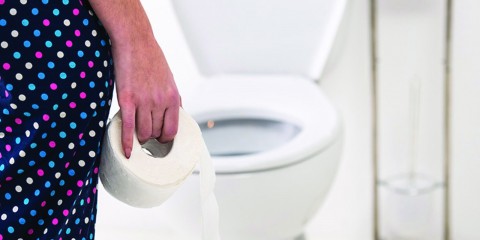
A multivariate analysis of elderly individuals (55–84 years of age) interviewed by the National Sleep Foundation showed that nocturia was an independent predictor of self-reported insomnia and poor sleep qualityĨ. A classification scheme for nocturia is presented and corresponding management strategies for each category are discussed.īy definition, nocturia results in sleep interruption, and thus it is axiomatic that this condition is associated with lower sleep quality. This article aims to review the prevalence of nocturia along with its clinical consequences.

Unfortunately, many individuals do not seek medical consultation for nocturia because of the perception that it is a normal part of aging or even that it is untreatable Furthermore, this study demonstrated that nocturia is associated with impaired health-related quality of life (HRQoL) as measured by the generic 15D HRQoL instrumentĤ. The Finnish National Nocturia and Overactive Bladder (FINNO) study found that the majority of people report having at least moderate bother when they experience three or more nocturnal voids and that the degree of bother increases with the number of nightly voidsģ. Part of the controversy over the original definition stemmed from the fact that there may be no “complaint” from those who wake only once during the night to void, as a single episode of nocturia may not be bothersome at all. There has since been much debate around this definition, and it was revised in 2017 to be “waking to pass urine during the main sleep period”Ģ. In 2002, the International Continence Society (ICS) defined nocturia as “the complaint that the individual has to wake at night one or more times to void”ġ. If so, a test for sleep apnea may be in order.Nocturia is a prevalent and highly bothersome lower urinary tract symptom (LUTS). So next time you find yourself getting up that 3 rd or 4 th time at night, consider having an evaluation of whether you are making too much urine at night. The encouraging news is that treatment of the sleep apnea such as with a mask providing continuous airway pressure (CPAP) not only treats the sleep apnea but also will reduce the urine production and the nocturia. So, patients with obstructive sleep apnea make too much urine at night. It’s as if the body thinks there is too much blood volume (maybe you drank a lot of fluid) and tries to get rid of the excess fluid. When this part of the heart expands from the extra blood, it releases a hormone (atrial natriuretic peptide) that makes you make more urine. This causes more blood to return to the heart. Blockage of your airway in sleep apnea results in a lot of negative pressure in the chest as you try to breathe (try closing your throat and taking a breath). While there are several causes of nocturnal polyuria, an often overlooked one is obstructive sleep apnea. This is easily diagnosed by having patients keep a diary for several nights to measure how much urine they make during the night compared to the day. Patients who exceed this are said to have nocturnal polyuria, meaning they make too much urine at night. In older patients, less than 33% is more normal. Normally for young people, no more than 20% of your daily urine production should come while you are asleep.

The bladder is simply filling up more quickly than it should. We begin by noting that many patients who get up frequently at night do so because they make too much urine at night. If you wonder how sleep apnea could cause you get up multiple times at night to urinate, a recent study by Miyauchi et al confirms both the relationship between nocturia and sleep apnea as well as the improvement seen with treatment. While these may be frequent causes of nocturia (waking up to urinate more than one time per night), an often overlooked cause is obstructive sleep apnea. Many people blame their frequent visits to the bathroom every night on an overactive bladder (OAB) or, for men, an enlarged prostate.


 0 kommentar(er)
0 kommentar(er)
